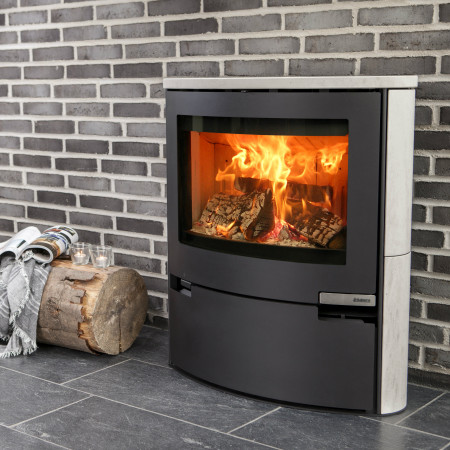It's worthwile to buy a new wood burning stove
 Reduce your firewood usage with up to 40 % by buying a new wood burning stove. The technology and the design in newer wood burning stoves make it easier for the user to fire correctly and get an optimal combustion process. You’ll save money when you heat your home, and at the same time you’ll do the environment a favour.
Reduce your firewood usage with up to 40 % by buying a new wood burning stove. The technology and the design in newer wood burning stoves make it easier for the user to fire correctly and get an optimal combustion process. You’ll save money when you heat your home, and at the same time you’ll do the environment a favour.



